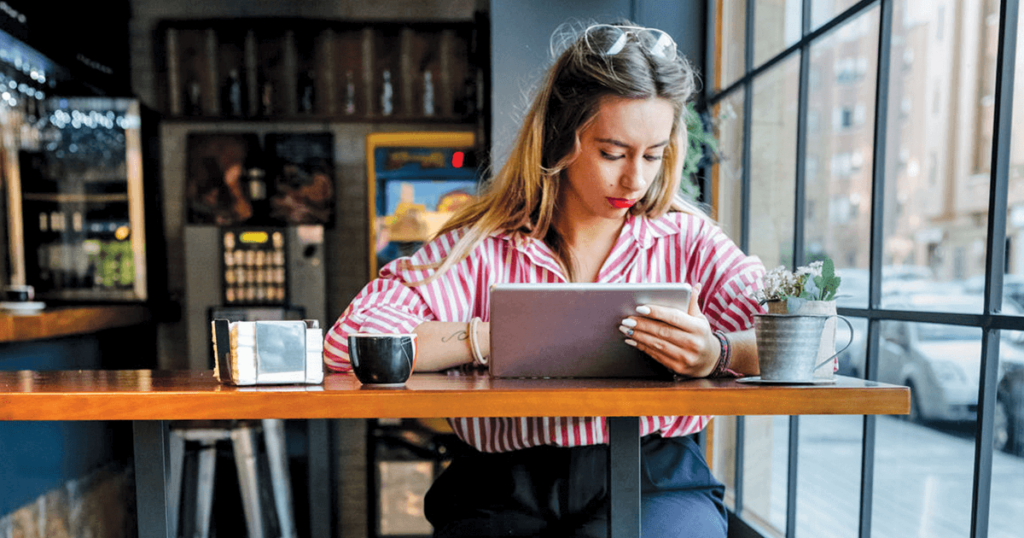
In the early 1990s, sociologist Ray Oldenburg coined the term “third place” to describe public spaces, separate from our homes and workplaces, where people intentionally meet and socialize. These include churches, bars, parks, community centers, and clubs. Though varied, what third places have in common is that they help human conversation flourish. But as technology alters our ways of connecting with one another and allows more people to work outside the office, what role do third spaces now serve? Do we still use them in the same way, and does their design reflect any changes? To find out, Michael Broadway and Olivia Engelhardt, of Northern Michigan University, set out to study the most ubiquitous third place of all: the coffee shop.
“These are places where we specifically used to go and talk,” says Broadway. “We wondered to what extent do we now design [coffee shops] for conversation or to be workspaces.” Starting in 2017, Broadway and Engelhardt visited four independently owned coffee shops in Minneapolis’s Uptown neighborhood to examine their design and observe how people behaved.
The researchers noted that coffee shops with a homey ambiance of plants and armchairs encouraged the most conversations between customers or between customers and employees. In more officelike spaces, with long, computer-friendly tables, fewer face-to-face interactions occurred.
Broadway acknowledges the study’s geographic and demographic limitations, but he believes that the underlying design of some coffee shops signals a shift in the nature of third places. When third spaces are oriented toward work, not conversation, their relationship with human connection is diminished. Indeed, many coffee shops now function as public workspaces, a symptom of a contingent workforce that often does not report to an office.
“I wasn’t prepared for the degree to which I saw that people are alone,” says Broadway. “Are we really designing public spaces for people to be alone?” he asks—even if they are “alone together”?

